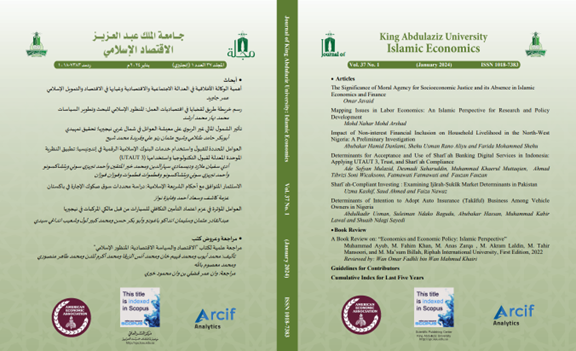Sharīʿah Compliant Investing: Examining Ijārah Ṣukūk Market Determinants in Pakistan
Main Article Content
Abstract
This study explores the influence of Ijārah Ṣukūk market determinants on Sharīʿah compliant investments in Pakistan during a significant financial crisis that the country witnessed over the past two years (2022 2023). Utilizing a modified questionnaire, the research gathered data from three hundred (300) ṣukūk investors, analyzed using SmartPLS software. The study identifies Sharīʿah Compliance as the most influential factor in the restructured Islamic Market of Pakistan, followed by secondary market impact and credit ratings. The introduction of Sharīʿah compliant securities is expected to attract investors to the benefits of structured markets, including yield, market liquidity, and balance in both long and short term ṣukūk instruments. The application of this research in Pakistan's emerging Islamic Market highlights the role of ṣukūk market determinants in Sharīʿah
compliant investment. The findings are valuable for countries developing Islamic banking systems and policymakers. The study also highlights the role of ṣukūk market determinants in Sharīʿah compliant investment. The findings are valuable for countries developing Islamic banking systems and policymakers endeavoring to expand Islamic financial instruments. The research emphasizes the market's pivotal factor, Sharīʿah Compliance, and its influence over secondary market dynamics and credit ratings. The study, examining the impact during a financial crisis, reveals that the introduction of Sharīʿah compliant securities is likely to draw investors to the advantages of well structured markets, such as yields, liquidity, and balance in ṣukūk instruments. The results offer insights for enhancing market environments and regulatory measures to create an attractive investment landscape.

